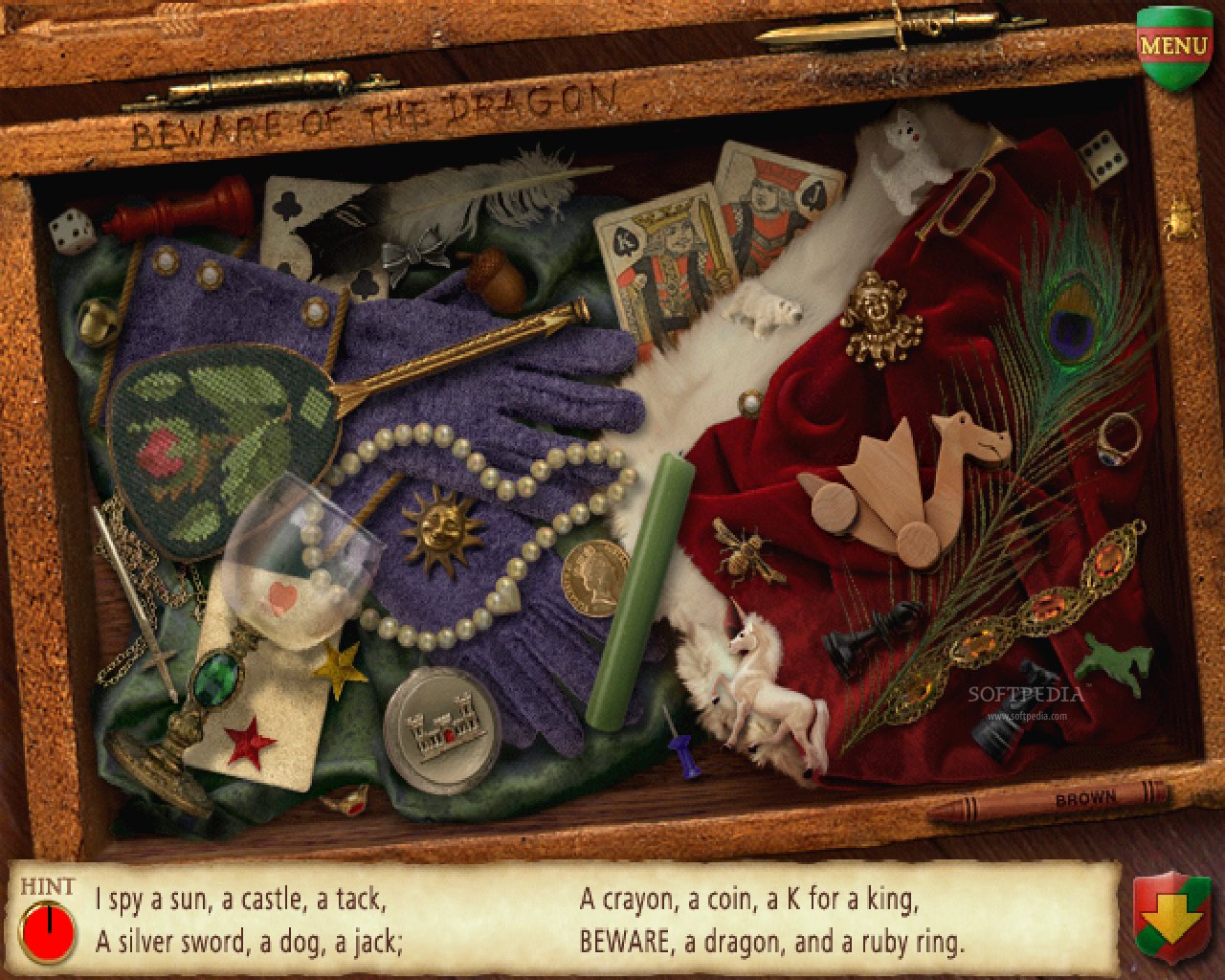

Slaves make cheap labor, and this cuts transportation costs. If you want large-scale trade, you need an empire. An important aspect of Rome's ability to encourage trade was its military might and political control. The classic exception, Rome, requires careful thought. Wool cloth, for instance, is nice, but locally produced leather or linen is likely cheaper. Manufactured goods, especially arms and cloth, can be shipped fairly long distances, but these would hardly be widely used. Refined metal, rather than ores, and not a lot of that. Food, except luxury items like spices and wine, is local. This largely rules out trade in raw resources. What long-range trade there is is pretty much confined to relatively high-value goods. Transportation is largely muscle-driven, and water travel (especially ocean travel) is hazardous. Trade is, by our standards, almost nonexistent. 90+% of the people are subsistence farmers. Residents will probably want to import metal tools from the mountains, clothing from the plains and boats from the coast. It would be a good source of fresh water. Depending on which, you could have rice, cranberries, fish and birds. There are all kinds of wetlands including fens (mostly grasses), bogs (mostly peat) and bayous (mostly trees).

They will need heating fuel (wood) and supplemental meat from the forest, metal tools from the mountains and whatever exotic goods/baubles are offered from the coastal cities. Inland Plains/Grasslands will probably be the bread basket for the region because it's the best place to grow grains (like wheat) and raise animals like sheep (wool and meat), horses (transportation more than meat) and cows (milk, beef). Biggest advantage here is trade from city to city across the water is probably faster than over land, so you could get a lot of exotic goods coming from far-away locations. They may want grains, clothing and such from inland farms, wood for their boats from the forest, metal tools and harpoons from the mountains. Here is a forest biome intro to start.Ĭoastal Plains will probably provide seafood, salt, boats and trade goods from other coastal towns. Note: there are several types of forest to research from rain forests and jungles to bayou to pine forest. These people could want metal tools from the mountains, grains from the plains and fish from the coast. Long Mountain Slopes - see Mountains (these are the same).įorests provide wood (a good building material, also good for arts and crafts, paper, burning/fuel), mushrooms and deer/game (including buckskin and antler/bone tools). Note: very tall mountains have multiple ecologies from tundra at the peak to jungle at the base.Ĭheck out Altitudinal zonation on Wikipedia for more information. This area may import wood for fires (for heat and foundries) and additional food, clothing and art from the lowlanders. They could be similar to the Alps, Himalayas, Rockies or any other mountain range on Earth, so research those ecologies. Mountains could be a source of minerals/metals/rocks and gems/mines, ice/water, and home to rare flowers as well as goats and sheep. Additionally, if you know of information pertaining to deserts or tundra, that would also be appreciated, as future worlds might contain those settings. And finally, this is a medieval-ish setting (think LotR), so gauge the natural resources needed for that time setting appropriately. I'm interested in anything that could be traded, be it organic, manufactured, whatever. The main biomes that I need information on are the mountain slopes/ranges and the forests, but information on all would be good. Notes: If you have a link to a list or lists, that would be great. So to put it simply: What natural resources do certain biomes (including mountainous areas) have that others do not? If I have a list in front of me, I should be able to establish who's trading what without too much difficulty. Here's my question: Who has which natural resources? I need certain groups to depend on others for trade reasons, but I'm having difficulty figuring out what one group would have based on their location that the other wouldn't. Others live through an entire mountain range. Certain tribes live exclusively in the plains, while others live exclusively in the forests. So for example dwarves live almost exclusively on the slopes of mountains. In my world, races are largely limited to one area. It's pretty much all there (save for desert and tundra). The area covered by my map is fairly large, and contains an ocean, mountains, plains, lakes, forests, swamps, etc. I am creating a fictional fantasy (Medieval-ish era) world.


 0 kommentar(er)
0 kommentar(er)
